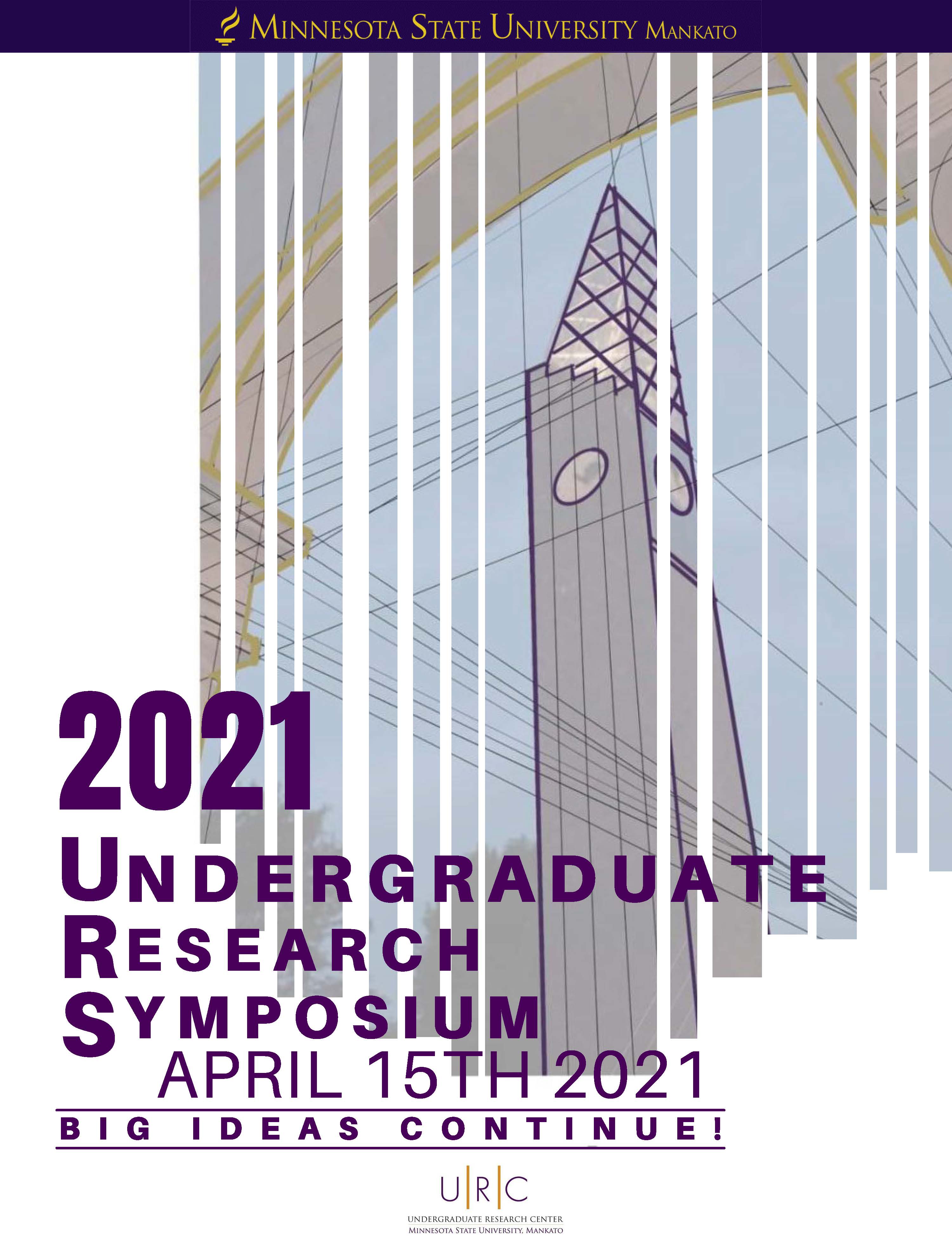The Relationship Between Intramural, Club, and University Student-Athletes’ Belongingness and Motivation during COVID-19
Start Date
15-4-2021 11:15 AM
End Date
15-4-2021 11:30 AM
Student's Major
Human Performance
Student's College
Allied Health and Nursing
Mentor's Name
Michelle McAlaren
Mentor's Department
Human Performance
Mentor's College
Allied Health and Nursing
Description
The current study analyzed the effects of COVID-19 on intramural, club, and collegiate athletes' motivation and belonging during the Fall 2020 semester using a cross-sectional survey research design. Participants’ motivation was assessed with the Sport Motivation Scale-Revised (SMS; Mallett et al., 2007) and belongingness was evaluated with the General Belonging Scale (GBS; Malone et al., 2012). Thirty-nine participants (female = 22, male = 16) ages 18 – 28 years old completed the study. Data analysis consisted of correlational analyses between each GBS subscale (Acceptance/Inclusion and Rejection/Exclusion) and each type of motivation (SMS). Results indicated a statistically significant indirect, moderate relationship between Acceptance/Inclusion and amotivation (r = -.411, p < .001). There was a statistically significant direct, weak correlation between Acceptance/Inclusion and identified regulation (r = .367, p < .05) and intrinsic motivation (r = .362, p < .05). There was a statistically significant indirect, moderate relationship between Rejection/Exclusion and amotivation (r = -.412, p < .05). Additionally, participants indicated their level of belonging and motivation in the Fall of 2020 compared to Fall 2019. The results indicated that participants' current level of belongingness was neutral to moderate (M = 3.38, SD = 1.87), and their level of belongingness was slightly to moderately lower than this time last year. Participants reported current motivation as neutral to moderate (M = 3.51, SD = 1.2). Participants considered their motivation to be about the same or much lower than last year. This study shows there is a correlation between the participants' sense of belonging and sense of motivation and demonstrates how participants perceive changes in their belonging and motivation during COVID-19. The results can help sport professionals understand student experiences and develop programming to meet their belonging and motivation needs.
The Relationship Between Intramural, Club, and University Student-Athletes’ Belongingness and Motivation during COVID-19
The current study analyzed the effects of COVID-19 on intramural, club, and collegiate athletes' motivation and belonging during the Fall 2020 semester using a cross-sectional survey research design. Participants’ motivation was assessed with the Sport Motivation Scale-Revised (SMS; Mallett et al., 2007) and belongingness was evaluated with the General Belonging Scale (GBS; Malone et al., 2012). Thirty-nine participants (female = 22, male = 16) ages 18 – 28 years old completed the study. Data analysis consisted of correlational analyses between each GBS subscale (Acceptance/Inclusion and Rejection/Exclusion) and each type of motivation (SMS). Results indicated a statistically significant indirect, moderate relationship between Acceptance/Inclusion and amotivation (r = -.411, p < .001). There was a statistically significant direct, weak correlation between Acceptance/Inclusion and identified regulation (r = .367, p < .05) and intrinsic motivation (r = .362, p < .05). There was a statistically significant indirect, moderate relationship between Rejection/Exclusion and amotivation (r = -.412, p < .05). Additionally, participants indicated their level of belonging and motivation in the Fall of 2020 compared to Fall 2019. The results indicated that participants' current level of belongingness was neutral to moderate (M = 3.38, SD = 1.87), and their level of belongingness was slightly to moderately lower than this time last year. Participants reported current motivation as neutral to moderate (M = 3.51, SD = 1.2). Participants considered their motivation to be about the same or much lower than last year. This study shows there is a correlation between the participants' sense of belonging and sense of motivation and demonstrates how participants perceive changes in their belonging and motivation during COVID-19. The results can help sport professionals understand student experiences and develop programming to meet their belonging and motivation needs.




